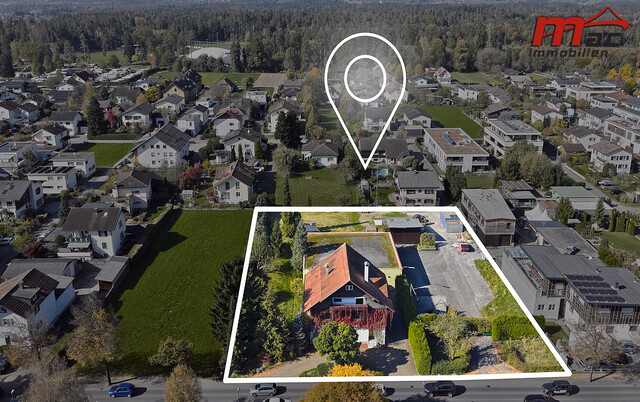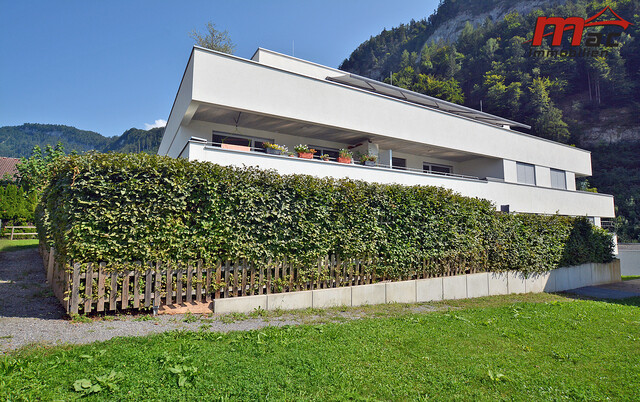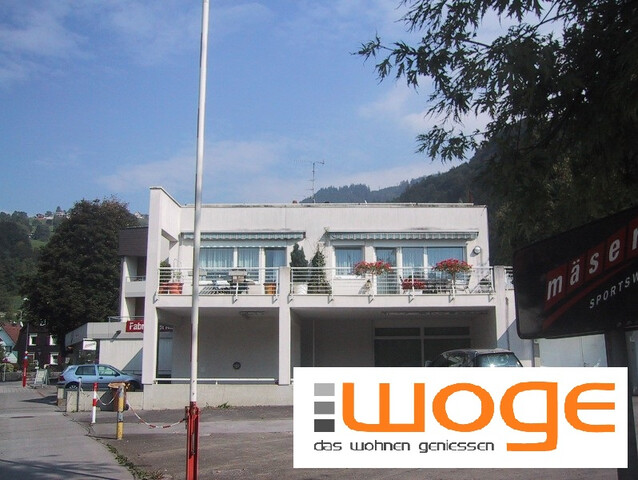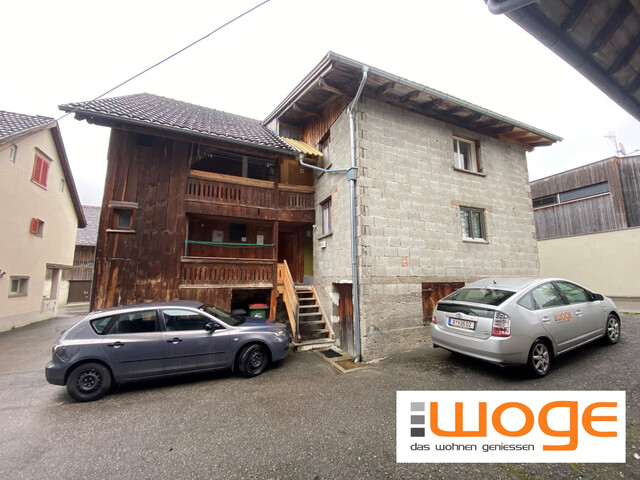Boom in Electricity from Renewables Continues

The monitoring analyzes the goals of the Renewable Expansion Act, including 100 percent renewable electricity by 2030 and an additional 27 TWh of generation from renewable sources. Also, 5 TWh of renewable gas is targeted. The gross electricity generation, including pumped storage, amounted to a total of 70,861 GWh in 2024. Since 2020, the installed capacity of renewable energies has increased by 7,906 MW, with production rising by 12,241 GWh, depending on annual fluctuations in water, wind, and sun.
Electricity from Renewables: Wind and Photovoltaics Increased Significantly
In the eco-balance group of OeMAG (Clearing House for Green Electricity), the amount purchased increased from 2,595 GWh (2023) to 4,617 GWh (2024). The capacity contracted by OeMAG grew from 1,556 to 2,656 MW. The largest increase in volume was recorded by wind power, and photovoltaics also increased significantly. After the market price peak according to the Green Electricity Act in the 4th quarter of 2022, market prices fell again in 2023/24, leading to more plants returning to the subsidy system.
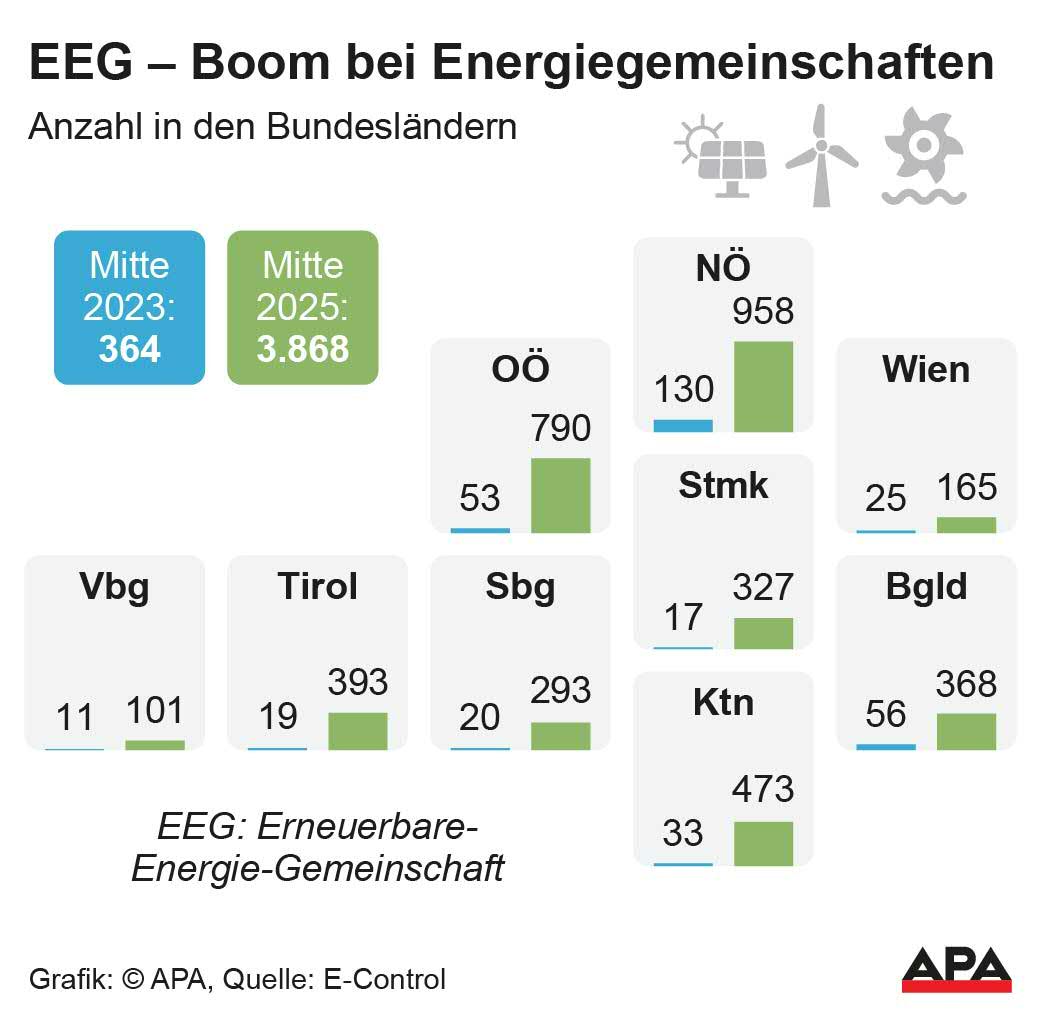
Through the EAG market premium, a total of 3,092 GWh was subsidized in 2024, based on 1,897 MW of installed capacity - predominantly wind (883 MW) and PV (804 MW). A total of 115 million euros was paid out for this. In the market price balance group, purchased amounts increased from 1,478 to 1,664 GWh; the capacity increased from 2,405 to 2,497 MW.
The subsidy costs for end customers remained subdued: in 2023, the renewable subsidy contribution was 0 cents/kWh, and in 2024, the subsidy contribution and flat rate were financed from the federal budget. In 2025, households will pay an average of around 60 euros for renewable subsidies. For low-income households, a cap of 75 euros per year would apply.
Around 3,900 Energy Communities
The model of energy communities has significantly increased: While there were only 364 Renewable Energy Communities (REC) in operation by mid-2023, by the end of 2024 there were already 2,618 and by mid-2025, 3,868 - with the largest growth recorded in Lower Austria and Upper Austria. Additionally, 2,130 MW of PV and 196 MW of wind were newly installed in 2024. Based on past experiences, the legal framework for energy communities now needs to be adapted and clear regulations found in other areas, said E-Control board member Wolfgang Urbantschitsch. Timely and accurate billing data is particularly important for energy communities. However, although the smart meter billing is complete, data is not always 100 percent available. "In this area, the ElWG amendment should have provided the necessary clarifications," Urbantschitsch regrets the still missing law.
Lag in the Target for Renewable Gases
The lag in the target for renewable gases remains significant: In 2024, fewer renewable gases were fed into the grid. Due to the decreased gas consumption, the share was still at 0.16 percent. For more dynamism, a long-term strategy for the demand and use of gases is needed in addition to the pending Renewable Gas Act, emphasized Urbantschitsch. It has been shown "that potential plant constructors are still waiting for the Renewable Gas Act."
Looking ahead, E-Control speaks of a statistical peak in renewables - at the same time, the strong expansion in summer brings oversupply and negative prices. Key factors are storage, flexible loads, and short-term markets, as well as the rapid expansion of the grid. Renewables would require only minimal support under current market conditions, but it is crucial to allow the infrastructure to grow accordingly, said Urbantschitsch.
(APA/Red)
This article has been automatically translated, read the original article here.
Du hast einen Hinweis für uns? Oder einen Insider-Tipp, was bei dir in der Gegend gerade passiert? Dann melde dich bei uns, damit wir darüber berichten können.
Wir gehen allen Hinweisen nach, die wir erhalten. Und damit wir schon einen Vorgeschmack und einen guten Überblick bekommen, freuen wir uns über Fotos, Videos oder Texte. Einfach das Formular unten ausfüllen und schon landet dein Tipp bei uns in der Redaktion.
Alternativ kannst du uns direkt über WhatsApp kontaktieren: Zum WhatsApp Chat
Herzlichen Dank für deine Zusendung.

